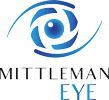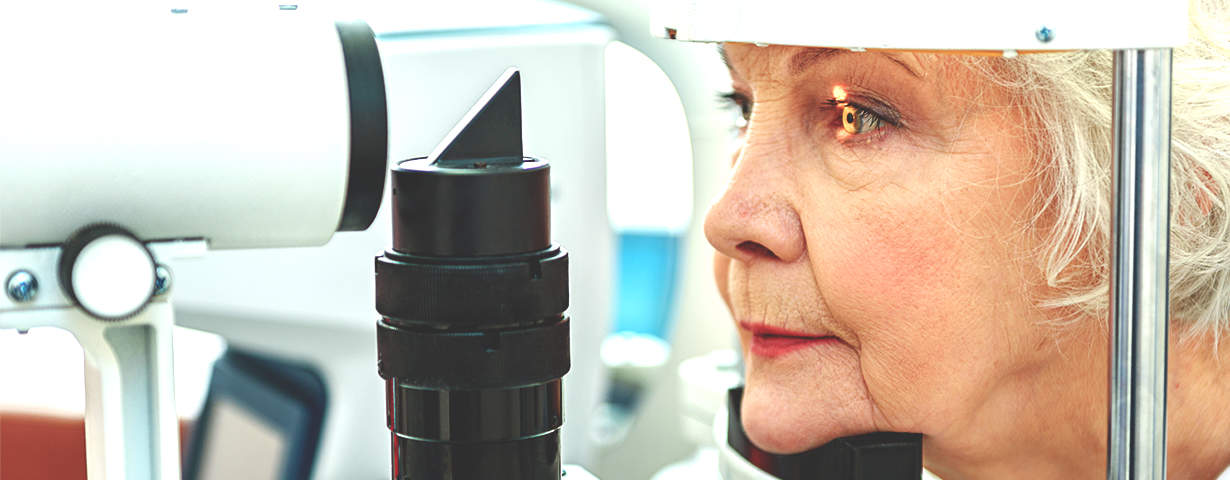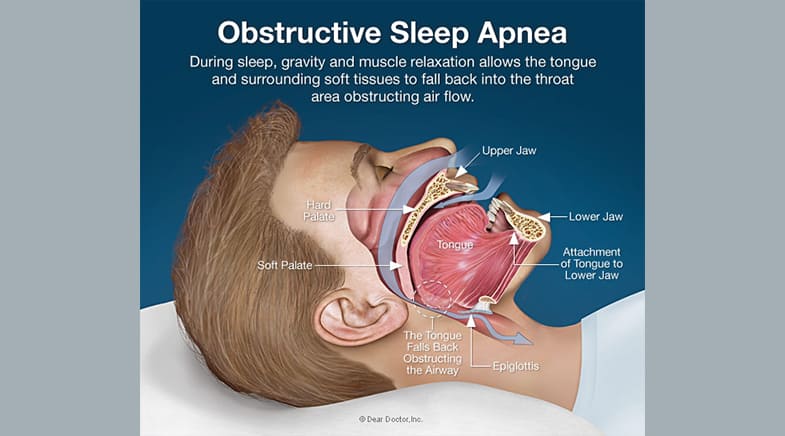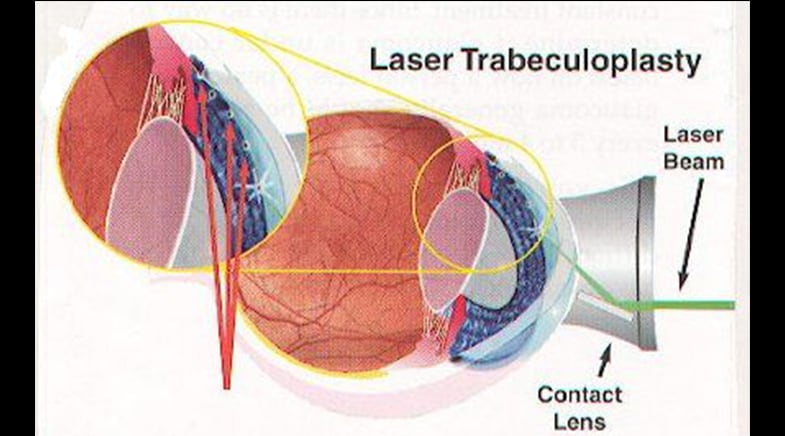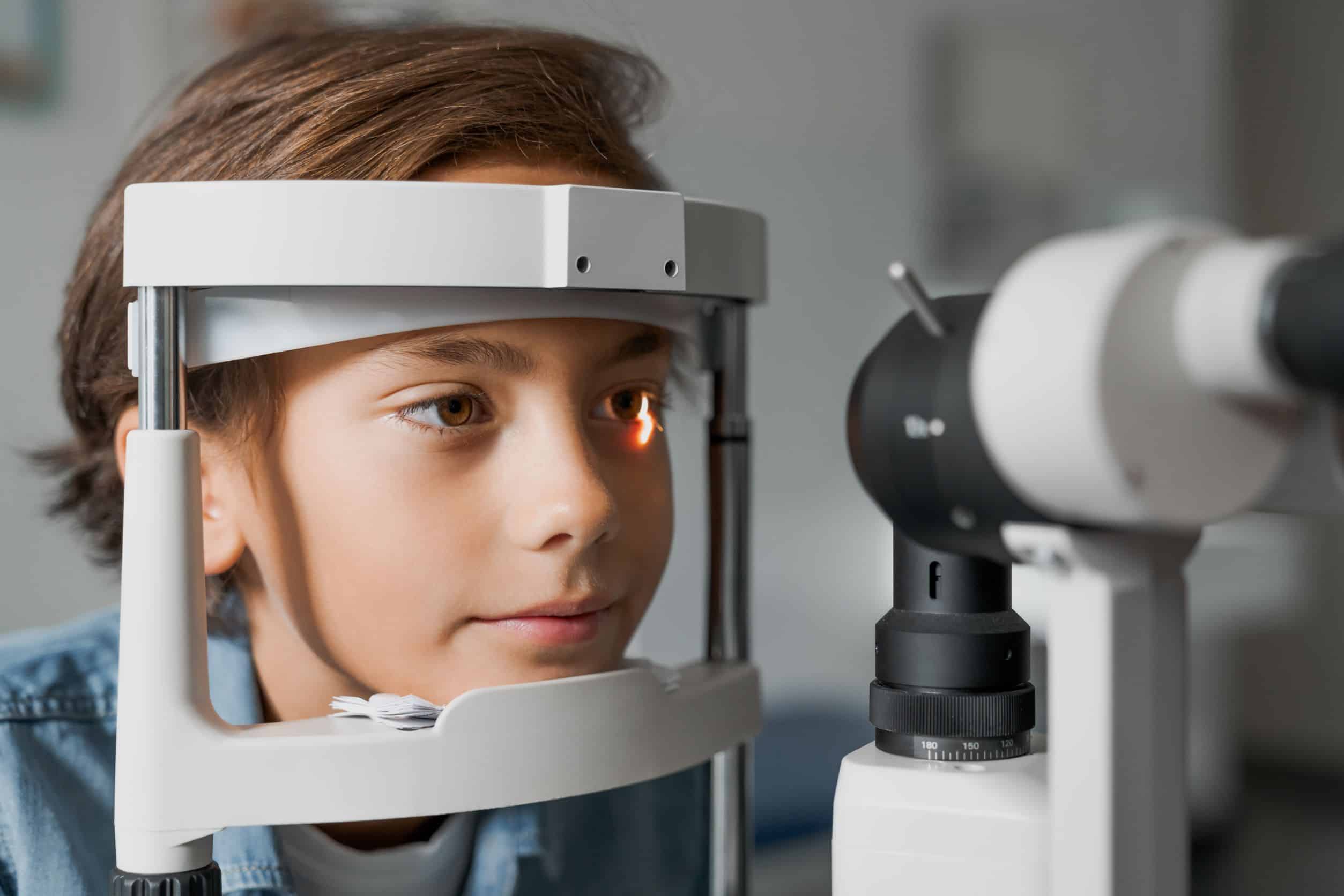Consequences for Obstructive Sleep Apnea Screening and Treatment
Association of Nonarteritic Ischemic Optic Neuropathy With Obstructive Sleep Apnea Syndrome
Importance The prevalence of obstructive sleep apnea syndrome (OSAS) in patients with nonarteritic anterior ischemic optic neuropathy (NAION) and its influence on second eye involvement is not well known.
Objective To evaluate the prevalence of OSAS in patients with NAION and risk factors of second eye involvement.
Design, Setting, and Participants In this cohort study, we examined 118 patients with anterior ischemic optic neuropathy referred to a tertiary care center from January 1, 2003, through December 31, 2010.
Exposures Patients underwent polysomnography to detect OSAS and were prospectively followed up to assess the risk of second eye involvement.
Main Outcomes and Measures The prevalence of OSAS in patients with NAION and the risk of second eye involvement using survival analysis based on the presence of OSAS, indication for ventilation treatment with continuous positive airway pressure, and other potential ocular and systemic confounders.
Results In 89 patients with NAION who underwent polysomnography, 67 (75%) had OSAS. Second eye involvement was found in 10 (13.7%) of 73 patients at 3 years: 8 (15.4%) of 52 patients with OSAS at 3 years and 2 (9.5%) of 21 patients without OSAS at 3 years; P = .04. In multivariate analysis, nonadherence to ventilation treatment with continuous positive airway pressure in patients with severe OSAS increased the risk of second eye involvement (hazard ratio, 5.54; 95% CI, 1.13-27.11; P = .04).
Conclusions and Relevance These results suggest that OSAS is common in patients with NAION and that polysomnography should be considered in these patients. These findings also suggest that patients with severe OSAS who are nonadherent to ventilation treatment with continuous positive airway pressure have an increased risk of second eye involvement.
Source/


